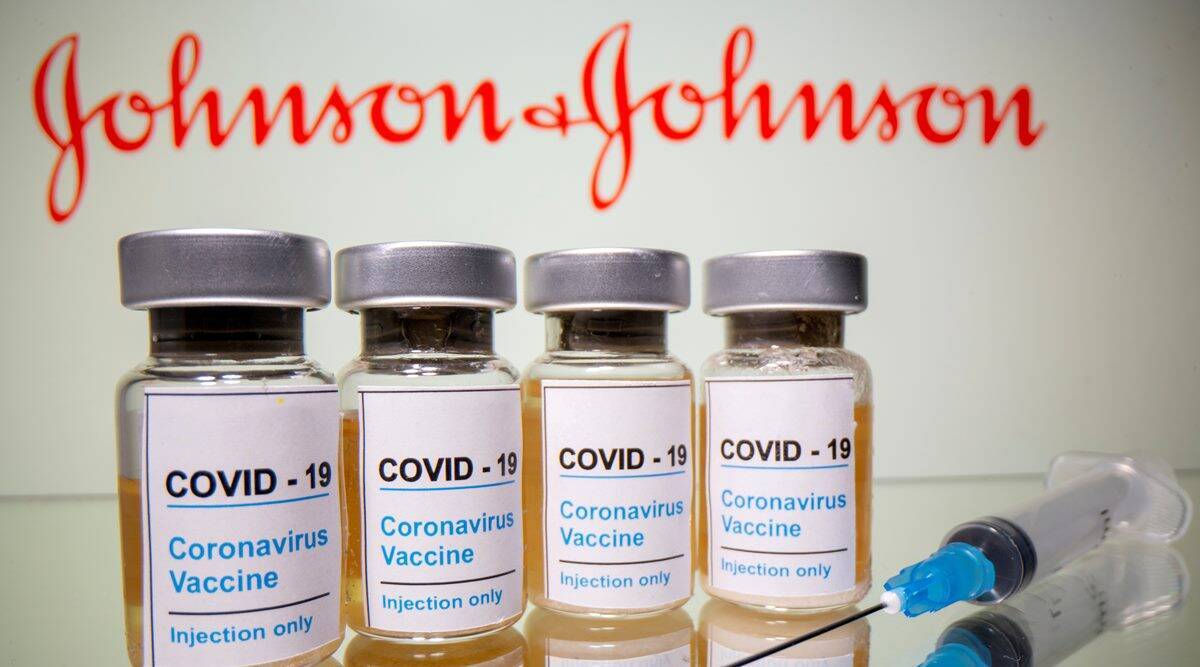The best way to protect yourself and your loved ones from SARS-CoV-2 and its variants is by getting vaccinated. ASAP!
I am all for vaccination because I trust the expertise of the scientists who worked tirelessly to make this vaccine happen. I received my dose of the Johnson and Johnson vaccine the first week my age group was eligible to get it. I believe that some of the reasons people are hesitant to get the vaccine are silly because a simple Google search can easily clear up any misunderstanding.
Likewise, I believe that there are many people out there that purposely dismiss evidence of the vaccine working because it does not align with their views. I hope that with this blog, I can educate you about the vaccine, so you can avoid that mistake!
The Johnson and Johnson Vaccine
This was the vaccine that I personally got, but for no particular reason. It just happened to be the one that the University of Chapel Hill was administering to its students and faculty. The J&J vaccine differs from the Pfizer and Moderna vaccine in the way it delivers its instructions. According to New York Times, the Moderna and Pfizer vaccine uses mRNA technology, while the J&J vaccine uses a double-stranded DNA common in most of the vaccines we see and receive today.
The creators of the Johnson & Johnson vaccine modified a pre-existing virus, called Adenovirus 26, and placed instructions for the spike proteins of the SARS-CoV-2 inside the virus. This new modified version of the Adenovirus will not be able to replicate inside human cells nor cause any illness. Adenovirus has a tough protein coat that is durable in protecting the genetic material inside the cell, which is why it can be stored in refrigerators for months and still work. Furthermore, DNA is more durable in comparison to RNA, so storing it is easier.
The Johnson & Johnson vaccine enters the cell through endocytosis. After it is engulfed, the virus makes its way to the nucleus where it injects its DNA for the cell to express and copy into mRNA (to make the protein spikes). The vaccine is given in a single dose and require no booster because memory B and T cells “might retain information about the coronavirus for years or even decades.”
The Pfizer Vaccine
The biggest distinction between the Pfizer vaccine and the Johnson & Johnson vaccine is its use of mRNA technology. By definition, mRNA are messenger RNAs used for creating blueprints for protein production. According to MedLinePlus, mRNA vaccines work by injecting the body with a messenger RNA, a blueprint for “a small piece of a protein found on the virus’ outer membrane” that the cell will produce. Its lipid coating allows it to fuse through the membrane of a cell. Once inside, it will inject the RNA into the cytoplasm. From there, the cell will begin expressing the viral protein that make up the spikes of Coronavirus.
Once enough of the viral protein is made, the immune system will take note and begin producing antibodies, which attach to the protein so that it is marked for destruction. These antibodies are what will protect us from COVID-19!
A downside of the Pfizer vaccine is that it requires 2 doses, unlike the Johnson & Johnson vaccine. RNA is more fragile than DNA, which means that this vaccine requires freezing cold refrigeration. This means that it is more difficult to transport, which makes it harder to access
Where to Go from Here.
Now that you know the differences and similarities between the 2 vaccines, I hope you will be able to make the best decision for you and your loved ones. Vaccines are great. They save countless lives every day.
It’s time to end this virus once and for all.
I hope you will become part of the post-pandemic journey to herd immunity.



